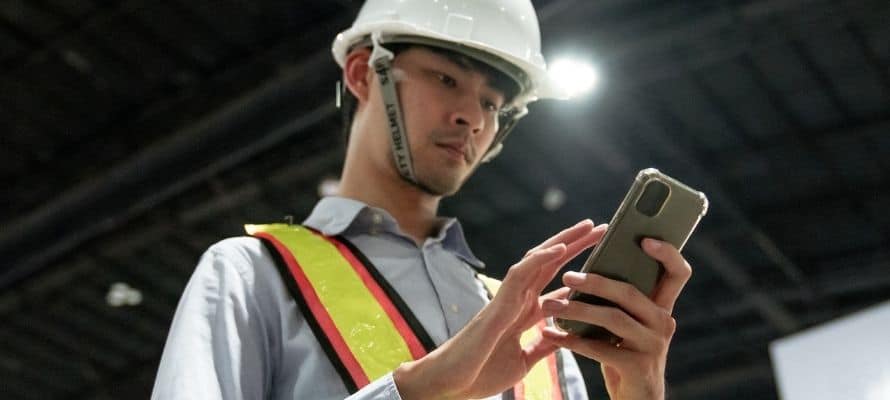
Bring Your Own Device (BYOD) has been a focal point of the digital transformation in recent years. Many companies are starting to realize that BYOD is essential for enabling workplace communication and employee engagement. The concept of BYOD isn’t new, but it does present new challenges to organizations on how to administer, monitor, and secure employee devices in their facilities. While this challenge may seem overwhelming, it doesn’t have to be. The reality is, that advancements in mobile technology have made this a more secure and viable option. Not to mention, employees prefer to use their own devices versus company-issued devices. And once you have a BYOD policy in place, rolling out new apps to your employee’s devices is a no-brainer.
A Bring Your Own Device (BYOD) policy is a set of guidelines and rules established by a company to regulate the use of employees’ personal mobile devices (such as smartphones and tablets) for work-related purposes.
This policy governs how employees can use their own devices to access company systems, data, and conduct work-related communications.
A well-crafted BYOD policy strikes a balance between enabling flexibility and ensuring data security. It enables employees to use their personal devices for work-related tasks while establishing safeguards to protect sensitive company information. The policy also helps mitigate potential risks associated with data breaches, unauthorized access, and non-compliance with privacy regulations.
The ROI of adopting a bring your own device policy at your organization is huge. And the value here lies in your ability to improve workplace communication and gain access to hard-to-reach employee audiences. Let’s break it down.
Despite the many benefits of letting employees use their personal phones and devices for work, there are a few potential downsides to consider.
Despite these downsides, many organizations successfully implement BYOD policies by carefully addressing security concerns and providing clear guidelines.
Typically in large organizations, like manufacturing or logistics, company-issued email accounts are not available for frontline workers. The lack of email access is a compounding factor when thinking about how and when communications are received by your employees. That’s where we come in.
At theEMPLOYEEapp, we specialize in filling in this major gap in workplace communication. Our clients have had tremendous success launching their employee apps to their dispersed workforces.
But if you are wondering how your employees will feel about BYOD, many are already on board. Many believe access to their own device is critical for their job, as well as their overall safety. Forbes has even found that 42% of employees say their productivity and efficiency improves when they’re allowed to use their own device. Even Amazon has reversed course recently to allow cell phones in their facility. The crux of Amazon overturning its own decision was precipitated by the tragic situation in Illinois where a warehouse collapsed. Their inability to notify and inform employees of the impending weather situation underscores the need for the employee to have access to their phones. This is a major victory for BYOD and focuses on the fact that Amazon believes the use of phones to be safe.
Keep in mind that there will always be employees who resist any technology. But there are things you can do to boost the adoption of technology. And there will always be some concerns about personal data and information, but we tackle some of these major myths and challenges in another blog that you should check out.
Now is the time to reconsider your BYOD policy. Don’t believe all the myths about bring your own device.
Start to define the use cases within your facilities and how your employees could be using their own devices. Are you still seeing someone fill out a paper survey in the break room? Are employees waiting to see the HR team for an update on the PTO policy? All of these can be at the fingertips of employees whenever and wherever they are.
Ready to learn more? Request a demo today.
[optin-monster slug=”gqorn0natkqgyrtjvr6i” followrules=”true”]
Michael Marino is the Vice President of Marketing where he oversees the creation and execution of theEMPLOYEEapp’s marketing programs. Before joining the team, Mike held marketing leadership positions in both the B2B and DTC spaces in channels that include media, manufacturing, and professional services. Mike is passionate about demand generation, mar-tech, and being able to create campaigns that connect with Internal Comms audiences.